
🔬 Scientists Discover Pink Glacial Algae Turning Arctic Snow Red—and Accelerating Ice Melt
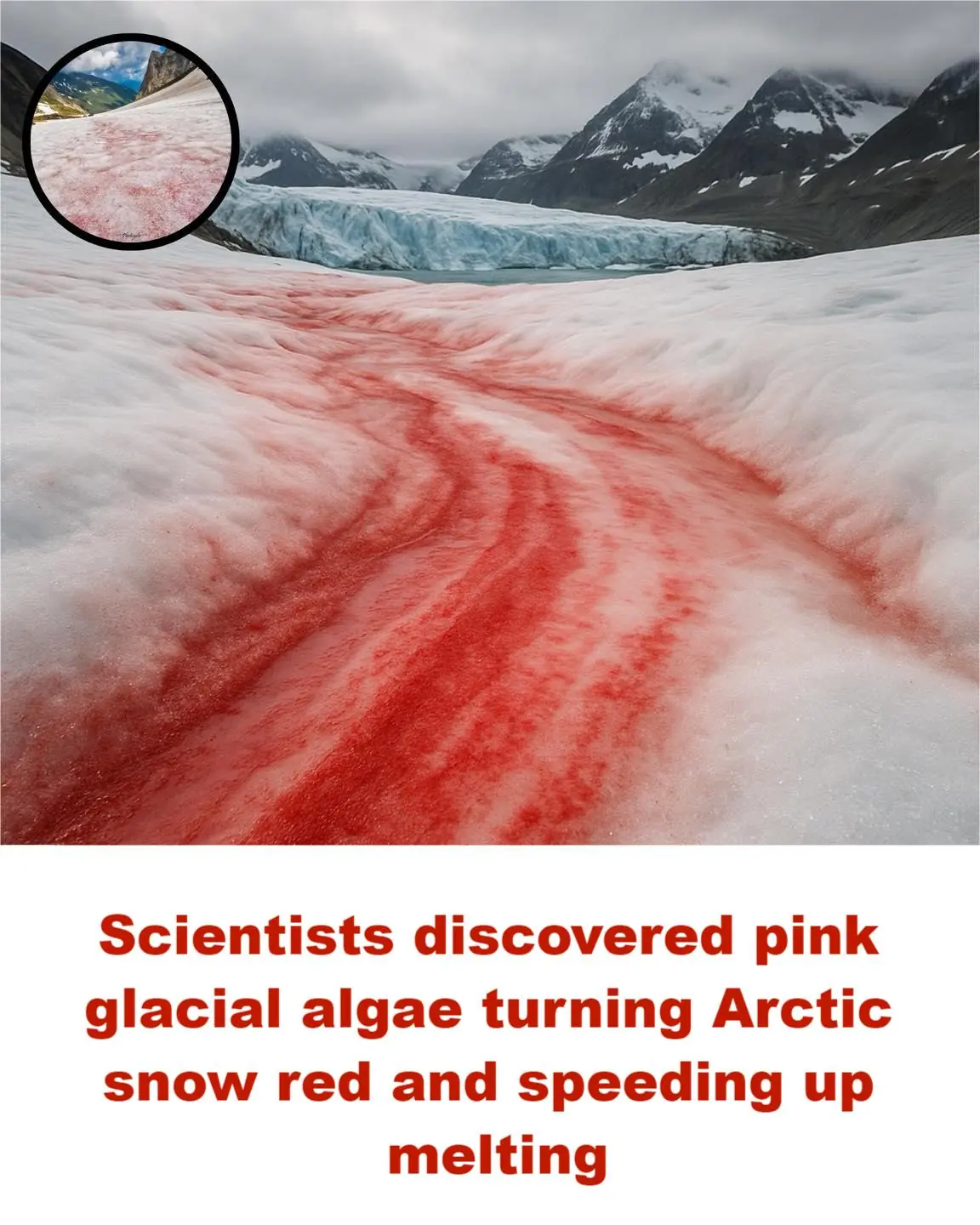
Arctic Circle, July 2025 — In a striking and concerning development, scientists have discovered that pink-colored glacial algae are turning vast stretches of Arctic snow red, accelerating the melting of glaciers and snowfields at an alarming rate. This phenomenon, visually dramatic and known colloquially as “watermelon snow,” is far more than a curious natural occurrence—it’s a powerful driver in the climate change feedback loop.
🌱 The Microscopic Culprit: Chlamydomonas Nivalis
The primary organism behind the red-tinted snow is Chlamydomonas nivalis, a species of cold-loving, photosynthetic algae. These algae thrive in polar and high-altitude environments where they’ve evolved a special adaptation: producing a red pigment known as astaxanthin. This pigment serves a protective role, shielding the algae from harmful ultraviolet radiation in regions where the sunlight, though brief, can be intensely strong.
🔴 The Red Snow Effect: A Double Threat
While the reddish-pink snow may appear beautiful, the consequences are anything but. Under normal conditions, fresh white snow reflects a large portion of incoming solar radiation—a quality known as high albedo. This helps maintain the cold temperature of the ice and slows melting. However, when the snow is stained by glacial algae, its surface darkens and absorbs more sunlight. This significantly lowers the albedo, causing the snow to melt more quickly.
Worse still, the meltwater creates favorable conditions for the algae to grow and spread even further. As temperatures rise and more snow melts, the cycle intensifies: more algae bloom, the snow darkens more, and melting speeds up—creating a self-reinforcing feedback loop that contributes to overall Arctic ice loss.
🧊 A Warning Sign in the Arctic
Researchers studying the glaciers of Greenland, Svalbard, and Alaska have observed this reddish discoloration increasingly over the past few years. Satellite imagery and field data show that areas covered in pink algae correspond with regions experiencing faster ice melt. These findings add to the growing body of evidence that the Arctic is warming at more than twice the global average rate.
Dr. Emily Larsen, a glaciologist at the International Cryosphere Institute, commented:
"This algae bloom isn't just a quirky side effect of climate change—it's now part of the problem. Every new layer of pink snow is another step toward accelerating melt and sea-level rise."
🌍 Climate Feedback Loop in Motion
This phenomenon underscores a broader concern in climate science: that small biological or chemical changes in the environment can trigger large-scale impacts through feedback mechanisms. The case of pink glacial algae illustrates how even microscopic lifeforms can play an outsized role in the fate of Earth’s ice sheets.
As climate change progresses, scientists warn that the frequency and extent of such algae blooms may increase, further destabilizing polar ecosystems and accelerating global sea-level rise.
📸 Image Description:
A vivid red streak winds its way across a glacial field, caused by the presence of pink glacial algae. These algae stain the snow and ice, reducing its reflectivity and contributing to faster melting.
News in the same category


4 Things You Should Never Say at a Funeral — No Matter What

Father of 9-year-old Melina Frattolin faces charges as new details surface in her death
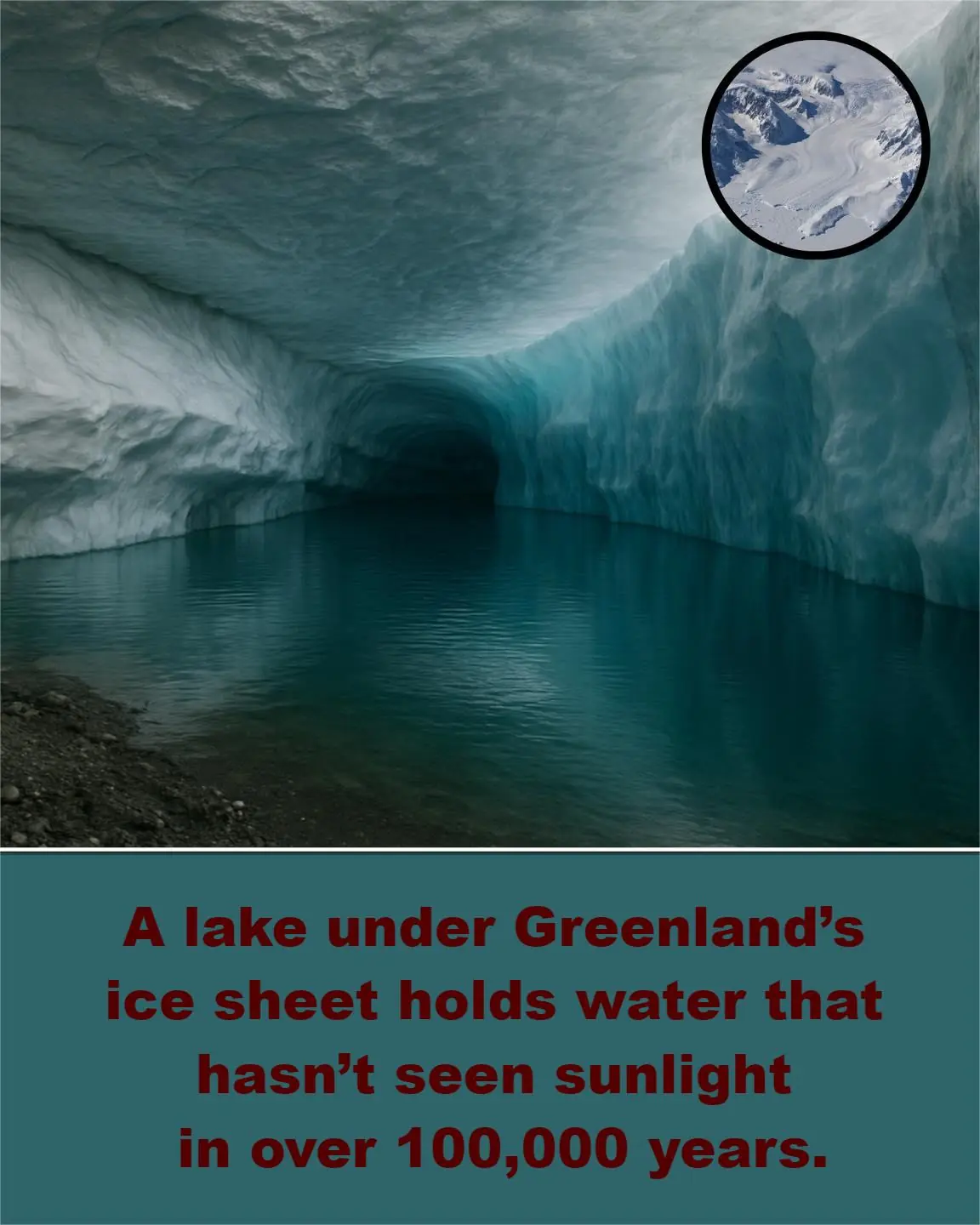
🔬 Hidden Lake Beneath Greenland Ice Could Unlock Secrets of Earth—and Beyond

7-Eleven Employee Dies After Being Left Brain-Dead in Shocking Incident Involving Manager

Stomach Bug Sickens Over 140 People on Caribbean Cruise, Forcing Passengers and Crew to Isolate in Cabins
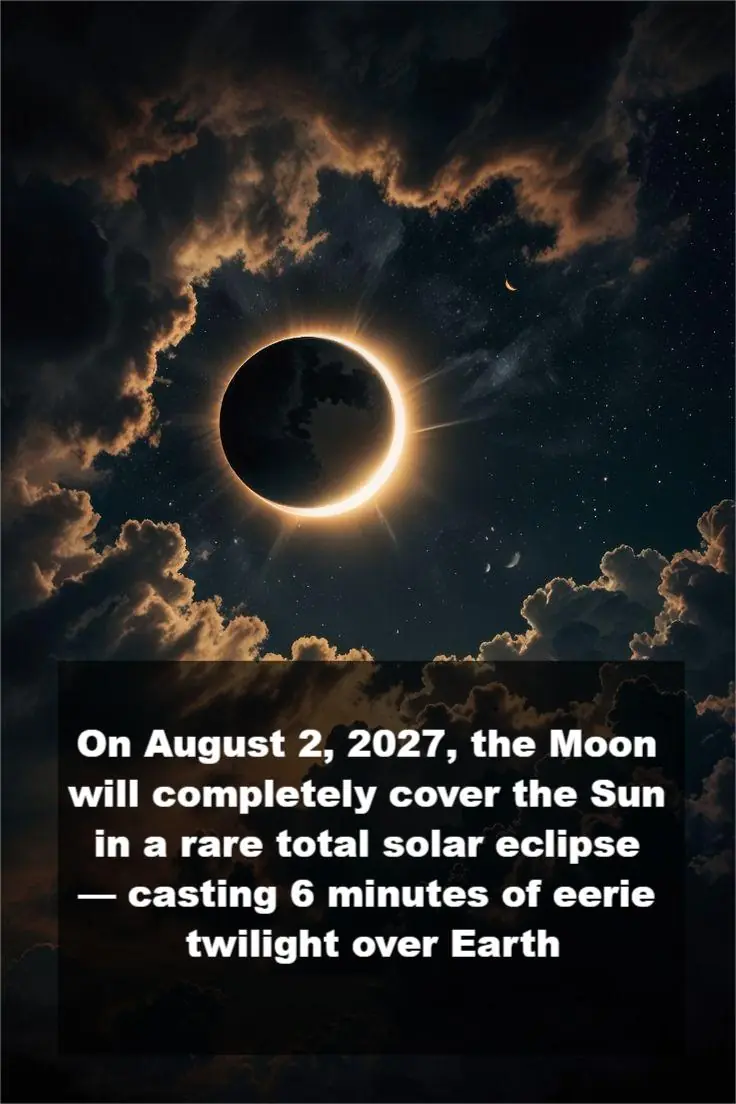
🌘 The Longest Total Solar Eclipse of the Century Is Coming — August 2, 2027
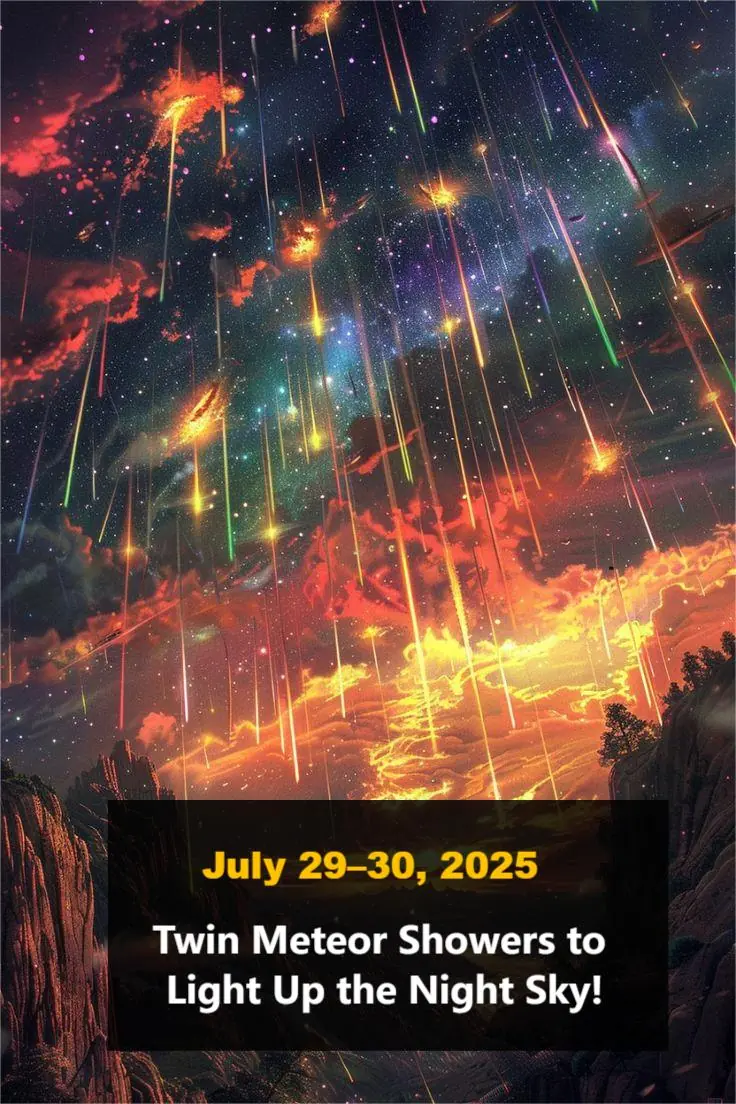
🌠 Twin Meteor Showers Set to Illuminate the Night Sky July 29–30, 2025 🌠

The insights your finger length offer about your personality
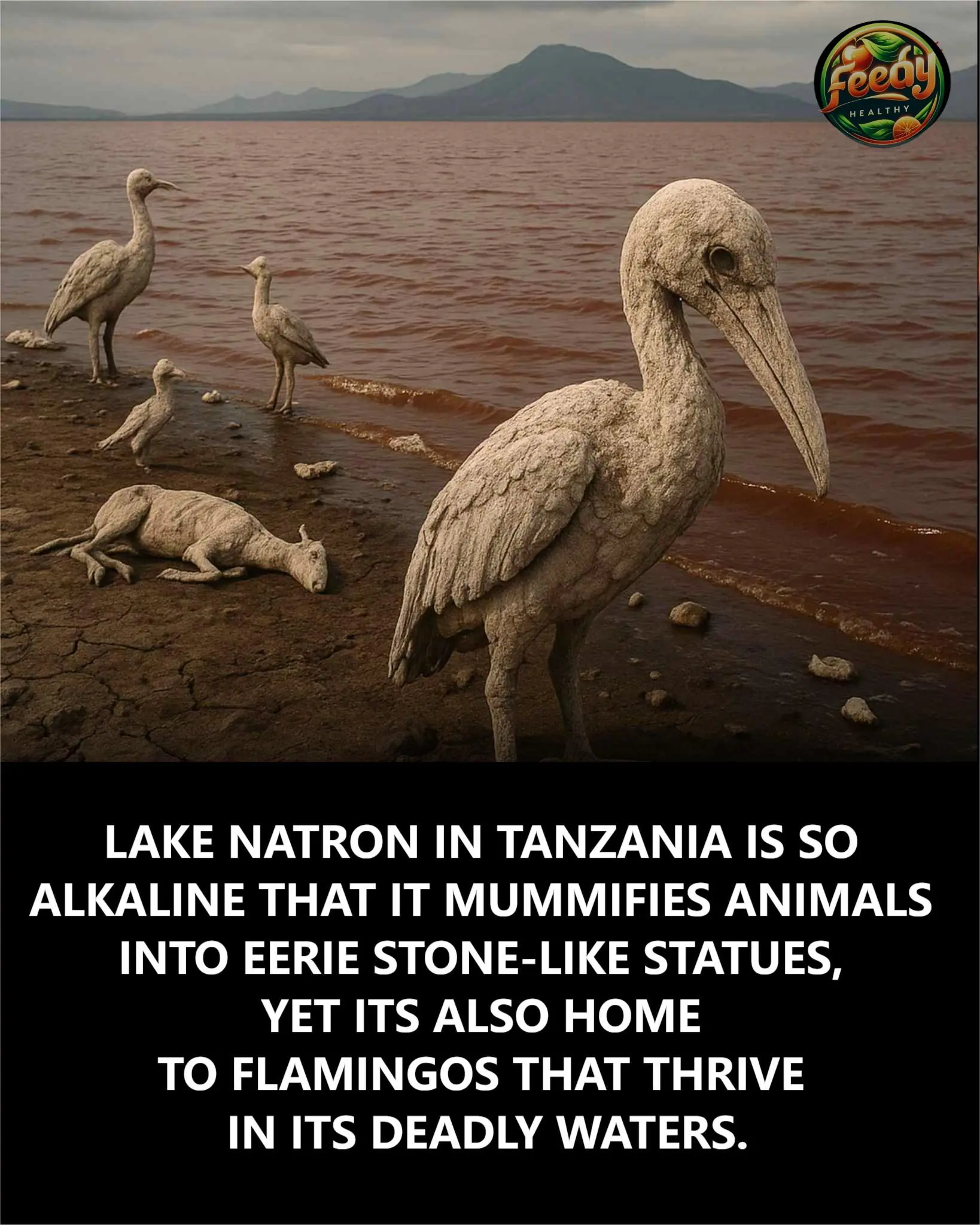
The Deadly Beauty of Lake Natron: Where Nature Turns to Stone—And Flamingos Call It Home

Milaf Cola: The World’s First Date-Based Soda Could Revolutionize the Soft Drink Industry

Farting Too Much at Night

Check Your Fridge—This Popular Yogurt Brand Was Just Recalled for Plastic Contamination

Mother and teen daughter discovered dead after emergency call went unanswered for four months

Little girl who looked 8 months’ pregnant because of deadly disease is saved thanks to dad’s kidney donation

Truth behind viral statement after married CEO caught with employee on Coldplay kiss cam

Over 60 killed after fire rips through newly opened mall in Iraq following AC explosion

CEO CAUGHT IN AFFAIR WITH EMPLOYEE DURING COLDPLAY CONCERT

Airport remains shut down following fireball plane crash
News Post

Toggle menu Newsner Stories EN Newsner Stories EN Now we pay tribute to the animal lovers who saved the dog completely covered in tar – what heroes! Now we pay tribute to the animal lovers who saved the dog completely covered in tar – what heroes!

The Deep Meaning of Holding Hands: Emotional Connections and Symbolism

The Power of Dates: Benefits for Your Digestive Health
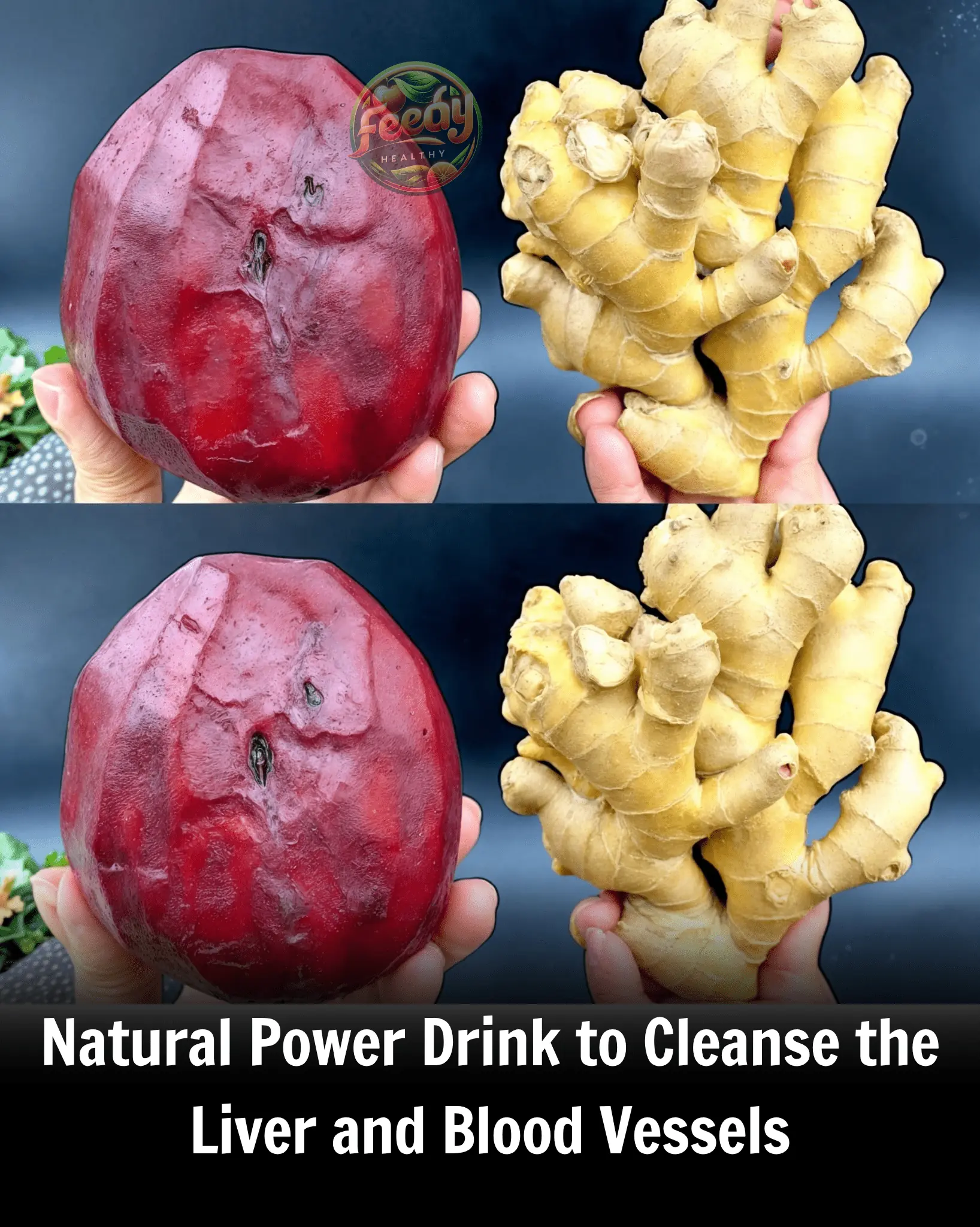
Natural Power Drink to Cleanse the Liver and Blood Vessels: Just 2 Ingredients!

Little girl walks into police dog auction alone — what followed brought everyone to tears

NASA Monitors Plane-Sized Asteroid Speeding Toward Earth at 47,000 MPH

4 Things You Should Never Say at a Funeral — No Matter What
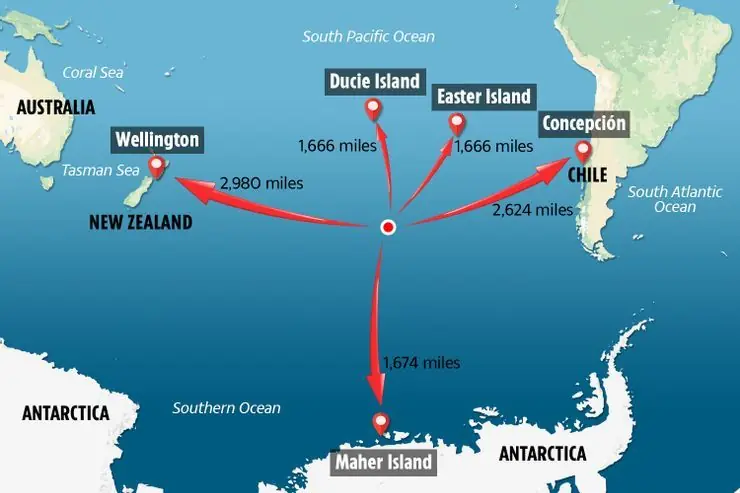
Point Nemo: The Most Remote Place on Earth—Closer to Space Than Humanity

🍓 Strawberry Oreo Parfait Cups

🍰 Blue Oreo Drip Cake (Cookies & Cream Delight)

🧁 Mini Pistachio No-Bake Cheesecakes

🍓 Strawberry & White Chocolate Shaved Ice Sundae

🍵 Pistachio Shaved Ice Sundae

Staying at Home with Your Children is Harder Than Going to Work

This is why you should keep the bathroom light on when sleeping in a hotel

🍫🫐 Chocolate Blueberry Lavender Cake

🍒 Black Forest Berry Cheesecake

🍓 Strawberry & Chocolate Blossom Parfait

🍓 Berry Crunch Milkshake Sundae
